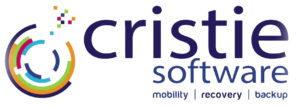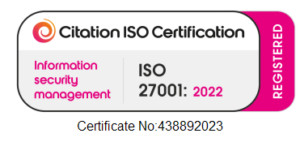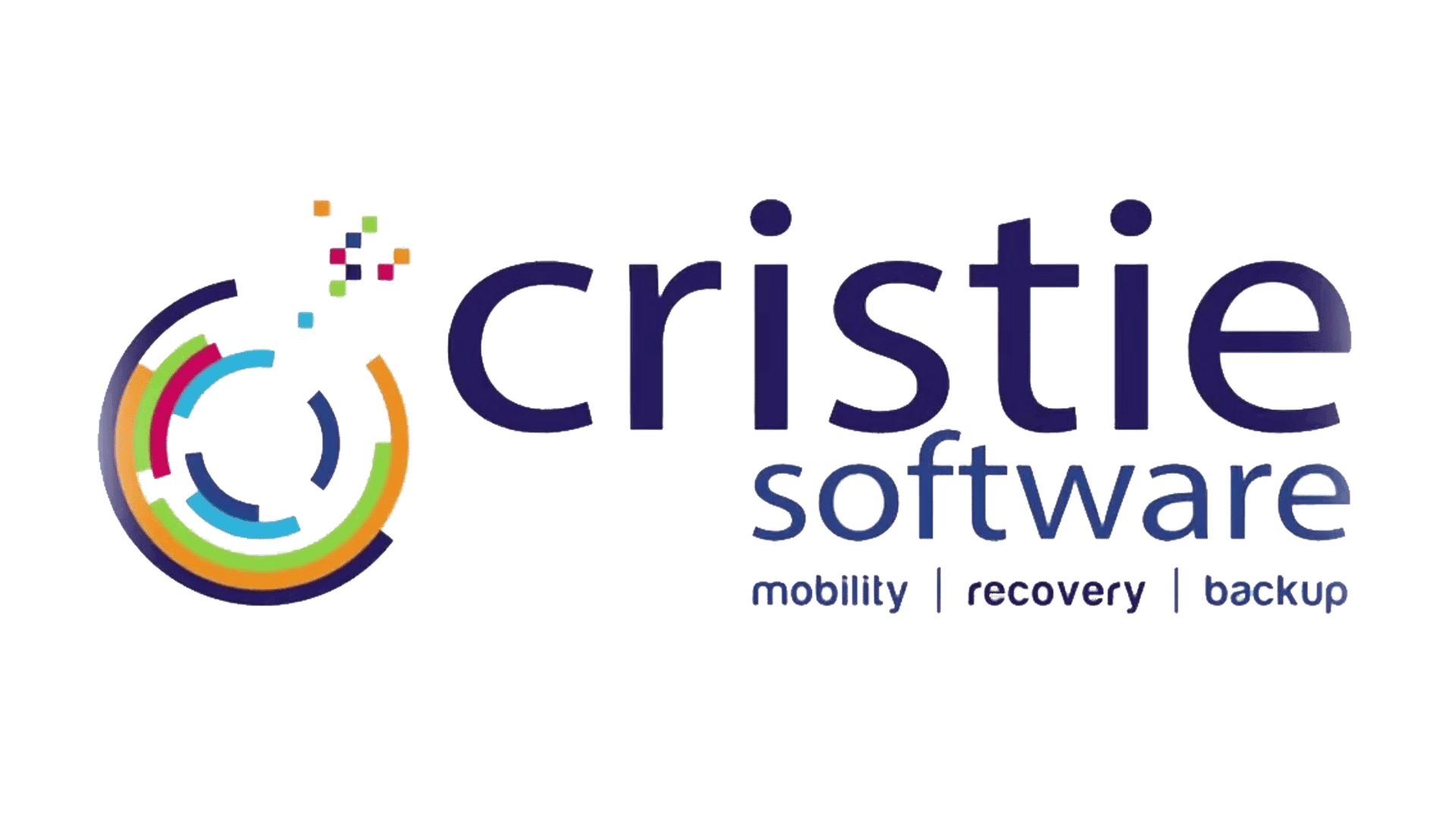There can be some confusion around the terms Backup and Replication. They’re seen either as interchangeable terms, or alternatively as an either / or approach in Disaster Recovery (DR) planning.
The truth is that both backup and replication should form a key part of your Disaster Recovery Plan.
Here, we discuss some of the key differences between backup and replication and explain why replication should be an important part of your Disaster Recovery Strategy. We’ll also look at how Cristie’s CloneManager software uses replication to make your business more resilient to disaster.
Let’s dive in.
Backup and Recovery v Replication
Backup and recovery, and replication are all crucial parts of a complete disaster recovery plan. Each plays their part in keeping your systems protected, but the roles they play are different.
Let’s start by looking at backups as part of disaster recovery planning.
The Importance of Backups
Backups are designed to give you a long term, consistent backup of your data.
Backups could be used to recover from your most recent backup after a server failure, or be used to provide a granular recovery to recover a single file that’s been accidentally deleted. Backups can also be deployed longer term to meet compliance targets.
Essentially, backups are your last line of defence, and they focus on a balance between your recovery points and recovery time. (Recovery points refer to the point in time to which you will recover your system; recovery time is the point in time in the future when your systems will be up and running again.)
What’s more, backups can be air-gapped (isolated) away from your production environment in order to further protect your systems if you’ve been a victim of a hacker or malicious software.
Introducing Replication
While backup and recovery software can normally recover your systems and data quickly (and this is where Cristie’s BMR products can really help!), the RTO (Recovery Time Objective) will typically be slower compared to using replication as part of the process. This is because systems will need to be provisioned and the data restored.
Let’s look now at the role replication plays in disaster recovery planning.
Replication Software
Replication software creates a live copy of your business-critical systems and regularly synchronises the data between your primary production system and secondary copy of that system.
It means that if disaster strikes, you can quickly transfer your business from running on your primary copy to your secondary copy – a process known as failover.
This minimises the downtime to your business (your RTOs) and potential data loss, as the syncs between the two systems are likely to be much more frequent than your full backups, known as your RPOs (the acceptable amount of business downtime during a disaster).
Essentially, replication is more focused on your business continuity and minimising the impact of a disaster on your business, whilst you recover your primary systems from your backups.
Cristie CloneManager Software
Cristie’s CloneManager software creates synchronised, replicated copies of your business-critical machines to keep your business running with minimal downtime and impact to your business during a DR scenario.
The syncs can be set on a user defined schedule to lower your RPOs, or the loss in data between the two systems, down to minutes.
CloneManager also includes features like Automated Failover and Failback to automate the failover process and further reduce your RTOs with minimal downtime to your business.
Enhanced testing tests your replicated copy away from the production environment without affecting the synchronisation process, giving you total confidence in your disaster recovery plan.
Full Flexibility to Dissimilar Environments
There’s also full flexibility on your choice of source and target environments. In addition to our native integrations to VMware, Hyper-V, OCI, AWS, Azure and Azure stack, we can also support almost any other cloud or virtual environment as well as physical machines, either as a source or as a target.
To summarise…
To finish, let’s go back to the difference between backup and replication.
If the focus of backup is on recovering the servers and the data that your business needs AFTER the disaster, the focus of replication is on keeping your business running DURING the disaster.
If you’d like to find out more about either our recovery or replication software, visit our website, search for Cristie Software on YouTube or email us at sales@cristie.com.
Alternatively, you can book a free trial of our products here.






